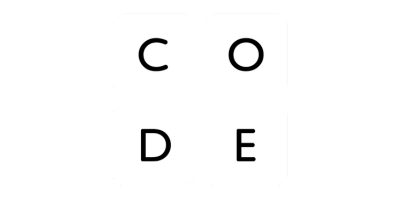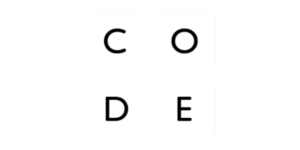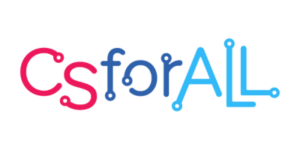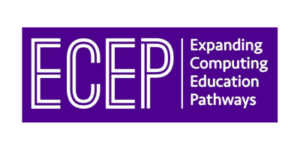A primary objective of the Reimagining CS Pathways project is to formulate recommendations for future work, including recommendations for writers involved in the upcoming CSTA K-12 Standards revision process and those who lead the process of revising Advanced Placement (AP) courses in CS. The following sections delineate recommendations for those specific audiences, as well as others, based on findings from this project and the experiences of those who were involved.
| Recommendations related to the structure and design of updated standards | A. Learn from states about obstacles and opportunities related to structuring standards based on grade bands versus discrete grade levels. B. Use relevant research around standards and CS learning to inform design decisions. C. Write standards in a manner that supports both stand-alone and integrated implementation strategies. D. Review high-quality standards from other content areas to determine ideal characteristics of updated CSTA standards. E. Compare current CSTA standards with newer, related frameworks (e.g., cybersecurity) to see what content has withstood the test of time and should be considered foundational. F. Consider including content limits/boundaries to clarify the level of depth intended by a standard. G. Write standards that: i. Explicate connections between Pillars and Topic Areas. ii. Raise issues of bias early and often. iii. Address identity and how it shapes bias. iv. Address accessibility (e.g., learner variability and access to resources) across Topic Areas and progressions. H. Adopt or create a framework that informs how issues of ethics/bias and social impacts appear in the standards. I. Indicate when content builds on prior learning or when it does not necessarily require prerequisite knowledge, particularly within high school pathways. J. Consider how Dispositions might be incorporated into or inform the standards. |
| Recommendations to support standards implementation and increase usability | A. Create a progression document similar to the existing CSTA progression document for an easily digestible version of the standards z. B. Curate and/or develop standards-aligned lesson and assessment exemplars C. Develop standards rubrics for evaluating the level of alignment between curricula and new standards. D. If using a grade band structure, develop an ideal vertical progression within the grade bands (e.g., within the K-2 grade band, differentiate what a particular standard should look like in Kindergarten versus Grade 1 versus Grade 2). E. Create guidance on standards implementation for a variety of users (e.g., teacher, building principal, state department of education) with a particular focus on equitable and flexible implementation. F. Crosswalk updated standards with the CSTA K-12 Standards, 2017 (Seehorn et al., 2017) and other relevant frameworks and standards (e.g., Common Core State Standards (Common Core State Standards Initiative, n.d.), Next Generation Science Standards (Next Generation Science Standards, 2013), Advanced Placement coursework). G. Curate a list of pedagogical approaches and planning strategies intended to underpin standards implementation (e.g., inquiry-based instruction; Universal Design for Learning (UDL); PRIMM (Predict, Run, Investigate, Modify, Make); Use, Modify, Create). H. Offer guidance on how to leverage standards to engage student populations that have been traditionally underrepresented in computing (e.g., culturally responsive and sustaining pedagogy (Kapor Center, 2021). I. Identify best practices for building, supporting, and reinforcing Dispositions through standards implementation. J. Create a glossary where terminology in the standards is explicitly defined. K. Provide guidance on effective and equitable assessment practices in CS, including considerations for how educators assess CS learning in an age of AI. |
The College Board offers a well-established way for high school students to earn college credit, offering a bridge from high school to college-level learning. ACM, IEEE, and AAAI have jointly created many versions of the ACM/IEEE-CS/AAAI Computer Science Curricula (Kumar et al., 2024) that describes the content that they recommend be covered in computer science, with the latest being released in 2023. When reimagining CS pathways for high school students, the roles of College Board, ACM, IEEE, and AAAI are important to consider, including how the proposed foundational Topic Areas, Pillars, and Dispositions might impact both.
Recommendations for College Board | A. Align AP CS Principles with (or make it inclusive of) the foundational content, as delineated in Section 2. Add the following content to the AP CSP course framework i. Preparation for the Future (e.g., careers alignment, emerging technologies) ii. Inclusion of AI: e.g., traditional vs. AI/ML algorithms, prompt engineering iii. Hardware and software, including troubleshooting iv. Additional cybersecurity content v. Greater focus on ethics and impacts B. Include assessment items related to Ethical and Social Implications of Computing Systems to ensure that this content is actually taught in classrooms in AP CSA. C. Consider developing an AP course focused on the impacts and ethics of computing. Such an exam would elevate this critical area of knowledge and would encourage students to pursue learning in this area. It could include the following areas: i. Recognize the ethical implications of design decisions. ii. Understand the societal impacts of computing technologies iii. Be able to articulate arguments for and against various policies and laws related to computing (e.g., net neutrality, limits on children’s use of social media). iv. Appropriately provide attribution for code that was produced by others or found in various resources. D. Include items to authentically assess inclusive collaboration, focusing on the practice of inclusiveness on software development teams and developing software that meets the needs of all users, including the need to: i. Accommodate a variety of identities and perspectives, including from those with disabilities and from different cultural backgrounds. ii. Advocate for the needs of others. iii. Design and develop with accessibility in mind. E. Consider developing courses beyond AP CSA as content is pushed down to earlier grades. F. More broadly consider treating the computing field like the science field. There are many areas of computing (like cybersecurity and artificial intelligence) and consider AP exams for subfields (like science has for physics, chemistry, biology). G. Partner with ACM to 1) define the scope and sequence for what is commonly referred |
Recommendations for ACM, IEEE, and AAAI | A. Delineate CS Curriculum (e.g., CS2023) content for early CS major courses (e.g., CS1, CS2), to better support vertical alignment with K-12 content. B. Embed in future CS Curricula and develop guidance to teach ethics and impacts of computing content throughout, especially within early CS coursework (e.g., CS1, CS2). This course content would elevate a critical area of knowledge and would encourage students to pursue learning in this area. It could include the following areas: i. Recognize the ethical implications of design decisions. ii. Understand the societal impacts of computing technologies (e.g., social networks, facial recognition). iii. Be able to articulate arguments for and against various policies and laws related to computing (e.g., net neutrality, limits on children’s use of social media). iv. Appropriately provide attribution for code that was produced by others or found in various resources. C. Embed in future CS Curricula and develop guidance to teach inclusive collaboration throughout, especially within early CS coursework (e.g., CS1, CS2), focusing on the practice of inclusiveness on software development teams and developing software that meets the needs of all users, including the need to: i. Accommodate a variety of identities and perspectives, including from those with disabilities and from different cultural backgrounds. ii. Advocate for the needs of others. iii. Design and develop with accessibility in mind. D. Consider removing the discreteness around how course content can be delivered (maybe creating innovative pathways for achieving the desired learning outcomes). E. Consider how new students are increasingly holding knowledge introduced in K-12 about computer science and how that might impact CS1 (Ko et al., 2024). F. Partner with the College Board to 1) define the scope and sequence for what is commonly referred to as “CS0” and 2) provide guidance on how postsecondary institutions can provide course credit for AP CS Principles. G. Partner with K-12 educators in the next curriculum revision. |
| Role | Recommendations |
| CS Teachers |
|
| Teachers of Subject Areas Outside of CS |
|
| Instructional Coaches |
|
| Counselors |
|
| Administrators (e.g., Principals, CTE directors) |
|
|
Role |
Recommendations |
|
Curriculum Providers |
|
|
PD Providers |
|
|
School of Education Faculty |
|
|
Role |
Recommendations |
|
Policymakers |
|
|
Funders |
|
|
Role |
Recommendations |
|
Researchers |
Consider answering research questions related to the revised standards, including:
|
|
Higher Education CS Faculty |
|
|
Industry |
|
|
Families |
|
This project is supported by the National Science Foundation (NSF) under Grant No. 2311746. Any opinions, findings, and conclusions or recommendations expressed in this material are those of the author(s) and do not necessarily reflect the views of the NSF.



